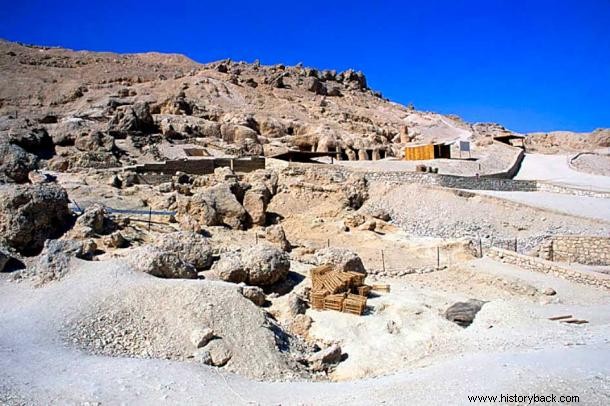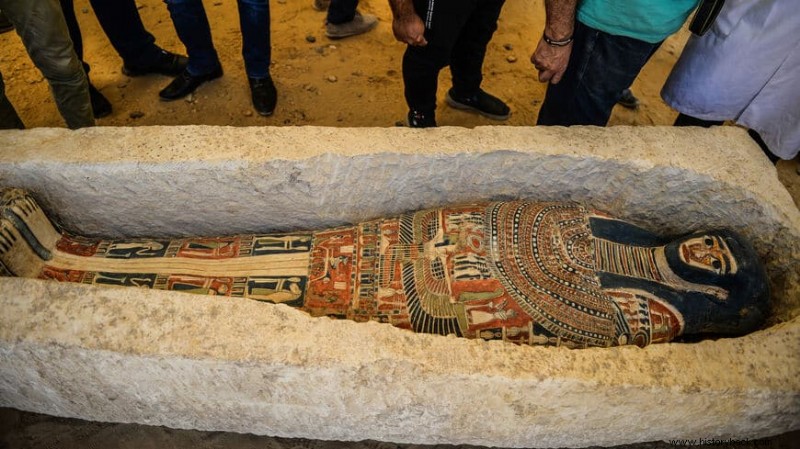A detailed medical examination of the remains of an Egyptian mummy led to a surprising and unprecedented discovery.
In the necropolis of Dra 'Abu el-Naga', on the west bank of the Nile in Thebes, a team of researchers from the University of New Jersey in the United States , from the University of Alcalá in Spain and the American University of Cairo found strong and convincing evidence that the person inside the mummy's wrappings had been the victim of a stroke.

This is a remarkable conclusion, since no clear evidence of stroke damage has ever been found in any other ancient skeleton, from Egypt or anywhere else.
A study from 2017 on the skeletal remains of an Italian priest of the 18th century named Don Giovanni Arcangeli showed that he had suffered a stroke before his death, and until now that was the oldest skeleton that had been identified as having belonged to a stroke victim .
The person who suffered the stroke was a woman aged between 25 and 40 , who lived in Egypt about 2,700 years ago , at the time of the 25th dynasty of the Nubian rulers of the Kingdom of Kush .

"This is the first evidence of an ischemic stroke for a person from ancient Egypt," said the Egyptologist and co-author of the study Salima Ikram , in an interview with Al-Monitor , of the American University of Cairo . “This study found strong evidence that this woman suffered a stroke while she was young. This made her partially disabled, but the close care of her family and her friends helped her to survive ".
It was the distortions of her skeleton that told the story. Her shoulders contracted and her head turned down, as if she were being forced in that direction. Her right arm extended along her body, but the left one bent at the elbow with the forearm positioned over the chest and the left hand in a hyperflexed position. Her legs were straight and together, but a slight twist of her left foot was evident. All anomalies observed in modern stroke victims.
While the mummification process was underway, the embalmers tried to correct the positioning of the woman's head and chest. They did this by putting a couple of sticks behind her back. Another crutch-shaped wooden cane was placed next to her body, presumably because she needed a crutch to walk after suffering her stroke injuries.
Particularly significant may be the discovery sticks in the woman's grave. This discovery could force archaeologists and Egyptologists to re-evaluate similar artifacts found in other regional excavations over the years (The presence of these sticks inside the tombs is usually attributed to religious beliefs, however, this study indicates that they were there for medical purposes).
